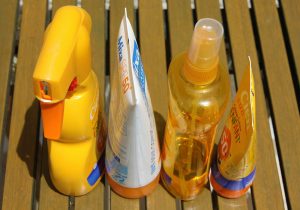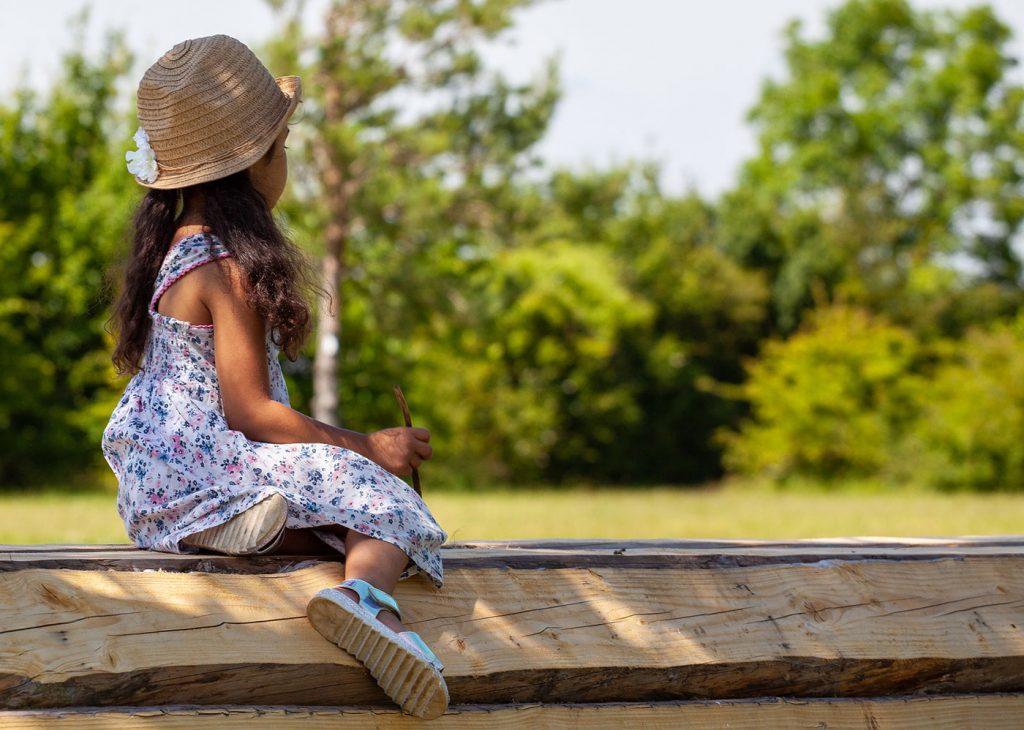Whether you are a parent or a childcare professional with children in your care – this fantastic guide will help you keep young people sun safe this summer!
According to dermatologists, it only takes a few incidences of sunburn to more than double a child’s risk of getting melanoma in later life.
With summer in full gear, both adults and children alike need to be aware of sun protection and safety. Take a look at our sun safety guidelines for outdoor activities with children, which we will be promoting at our holiday programmes to avoid sunburn and heat stroke!
Protection and clothing
Clothing and shade should always be the first line of defence, as well as using SPF 30+ sun cream.
Dressing for the weather is also key – for sunny weather, we suggest that the following items should be worn, where practical for each activity:
- Hat/cap
- T-shirts that cover shoulders
- Legs covered when the child is a wheelchair user
- Wraparound sunglasses
We suggest that spare items should be made available to any child who does not have appropriate items.
Advice for clothing: Protective clothing can be an easier solution for sun protection as it avoids the application of sunscreen which needs to be reapplied and can be sweated or rubbed off. Appropriate clothing will absorb or reflect harmful UVB rays. This can be of particular help for children with learning difficulties or very young children.
Darker colours or white afford more protection, as do close weave fabrics. Better still are UPF rated garments which are constructed of textiles affording a superior level of protection – ideally UPF 50 which will block out nearly all of the harmful UVB.

Sunscreen and its application
We recommend a minimum of SPF 30 with both UVA/UVB protection (broad spectrum).
Creams can be more effective and give better protection. Sticks are good for the face and sensitive areas as there is less chance of running into eyes, when compared to using creams. Choose a product that is designed for children and ensure the product is within its sell by date. Do not worry about choosing expensive named brands, just look for right level of protection.
Always use a generous quantity of product (most of us do not use enough) and don’t rub in too hard; it is better to pat lightly until the white has disappeared to be sure of coverage. Apply to all areas that will be exposed before dressing and leaving home and if necessary, top up when you arrive at the outdoor activity.
Ensure that your child brings sunscreen with them and it is reapplied after lunch breaks Even products that claim to be water resistant/sweat proof or are once a day should be reapplied at least once during the day.
Advice for children with eczema: Parents/carers should check sunscreen for any known irritants in the ingredients and do a patch test to be sure. Before applying sunscreen the usual emollient and steroids (if used) should be applied, wait 30 minutes and then apply the sunscreen. Protective clothing is highly beneficial for children with a range of skin problems, some of which may make using sunscreen undesirable or impractical. If in doubt parents/carers should be recommended to consult their primary healthcare provider.
Advice for children with allergies: Make sure that a request is made to be alerted to all medical conditions, including Polymorphic Light Eruption (PLE) or sunscreen allergies before children attend.
Allergic reaction to an ingredient in sunscreen – sunscreens work in one of two ways:
- Absorbing light rays
- Reflecting light rays
Allergies are usually caused by a reaction to chemicals contained in the sunscreens which absorb light rays, as for these to be effective, they are also absorbed by the skin.
The reflecting creams containing minerals like zinc oxide and titanium dioxide sit on top of the skin, forming a barrier against the sun’s rays and are therefore less likely to become an irritant.
Wellbeing
Protection from the sun isn’t just about sunburn, don’t overlook heatstroke and heat exhaustion too. The following should be considered:
- HYDRATION – All children should attend with water bottles (or access to water, or hydration for those children unable to drink unsupported), be encouraged to drink, and free supplies of water should be available at all times. For those children who find it more difficult to self-manage hydration, adults should prompt and support effective hydration.
- SHADE – If at all possible, avoid the sun between 11am – 3pm. Try to make sure that lunchtime is taken in the shade and that there is plenty of shade either in a clubhouse or portable structure, to shade children in breaks and when they are not actually active; i.e.; watching activity.
- EXTREME HEAT – 30oC and above is too hot for very physical activities without risking heatstroke and severe dehydration. For some young people with disabilities, they may have a lower tolerance and therefore guidance should be sought from their parents/carers.
All children should have free access to water when outdoors, they should have named water bottles and be encouraged to drink exclusively water on a regular basis. Children suffering from heat stress will show general signs of discomfort (including those listed below for heat exhaustion). These signs will worsen with physical activity or if left untreated can lead to heat exhaustion or heatstroke.
Heat exhaustion – Signs of heat exhaustion include the following: irritability, fatigue, dizziness, headache, nausea or hot, red and dry skin.
Heatstroke – Heatstroke can develop if heat exhaustion or heat stress is left untreated, but it can also occur suddenly and without warning. Sweating is an essential means of cooling and once this stops a child is at serious risk of developing heatstroke. The following steps to reduce body temperature should be taken at once:
- Move the child to as cool a location as possible
- Sponge the child with cool, (not cold) water and, if available, place cold packs around the neck and in the armpits
- Place the child near a fan
If a child shows signs of confusion or loses consciousness, place the child in the recovery position and follow the steps above. In both cases, call 999 or 112 for emergency medical assistance.
If sensible precautions are taken to safeguard children outdoors; they are unlikely to be adversely affected by hot conditions.
It is widely acknowledged that some exposure to sunlight is needed to maintain healthy reserves of vitamin D in the body, this is essential for the absorption of calcium. The vitamin D produced in the summer months keeps you healthy in the winter months when the UK sun is not strong enough to generate vitamin D.
In summary…
Remember, having sun in the sun is important and integral to growing up happy and healthy, but we still need to be careful to stay safe! Parents, Play Leaders and children alike all need to remember these important rules.
Check out our YMCA Childcare, Day Camps and Adventure Guides programmes!
